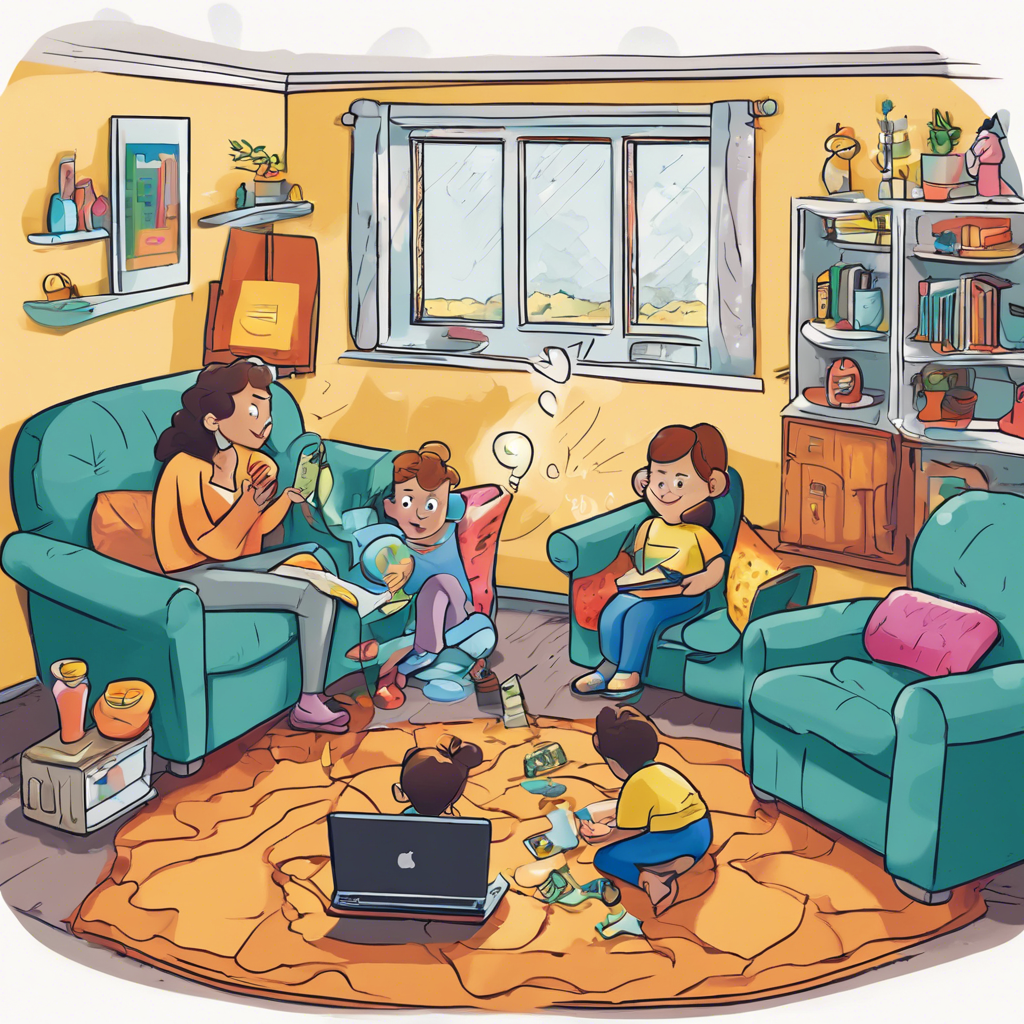How Does The Farm-to-table Model Compare To The Farm-to-school Program In Terms Of Impact On Local Economies?
Gathering question image...
Introduction
The farm-to-table model and the farm-to-school program both highlight local sourcing and sustainability, each with unique focuses and significant impacts on local economies and community health.
Understanding the Farm-to-Table Model
The farm-to-table model establishes a direct link between food producers and consumers, primarily through restaurants, farmers' markets, and direct sales. This model emphasizes the importance of providing fresh, locally sourced food while advocating for sustainable agricultural practices. The direct connection between local farms and consumers generates multiple advantages for local economies.
- Promotes local agriculture by supporting nearby farmers and producers.
- Encourages reduced transportation costs, leading to a lower carbon footprint.
- Enhances the visibility and success of small businesses within the community.
Exploring the Farm-to-School Program
Conversely, the farm-to-school program is dedicated to supplying local food to educational institutions, aimed at improving students' nutrition and providing education about local agriculture. This initiative not only benefits students' health but also positively influences community food systems, cultivating relationships and teaching future generations about sustainable practices.
- Strengthens local economies by establishing stable markets for regional farmers.
- Educates children on the significance of healthy eating and sustainable food choices.
- Fosters community connections among schools, families, and local farmers and producers.
Conclusion
In conclusion, while both the farm-to-table model and the farm-to-school program contribute positively to local economies, they achieve this in distinct ways. The farm-to-table model primarily focuses on facilitating direct consumer purchases and restaurant participation, while the farm-to-school program concentrates on nutrition education and ensuring reliable markets for local produce within schools.
Expert Quote
Dr. Alice Waters, Founder of Chez Panisse and Advocate for Local Food Systems
The farm-to-table approach not only supports local farmers but also strengthens our communities by fostering connections between people and their food sources, essential for building a resilient local economy.
The Art of Simple Food, 2007
Relevant Links
Do Farm-to-School Programs Create Local Economic Impacts?
https://www.choicesmagazine.org/UserFiles/file/cmsarticle_565.pdfEconomic Impact of Farm to School.pages
https://www.siena.edu/files/resources/economic-impact-of-farm-to-school.pdfEconomic impact assessment of public incentives to support farm-to ...
https://www.sciencedirect.com/science/article/pii/S0306919223001434Farm-to-School | Agriculture and Markets
https://agriculture.ny.gov/farming/farm-schoolMost popular questions

How Do The Personal Relationships Among Gods Affect Their Decisions In The Iliad?
The intricate relationships among the gods in Homer's epic poem 'The Iliad' play a crucial role in shaping their actions and decisions. These divine interactions create a complex web of fates, where each god's personal alliances and rivalries directly influence the events of the mortal world.

What Strategies Can Parents Use To Educate Their Children About Online Safety Beyond Privacy Settings?
In today's digital landscape, teaching children about online safety is essential for their protection and well-being. While privacy settings play a critical role, parents can implement various strategies to create a thorough understanding of online safety principles among their children.

What Are The Different Types Of Insulation Materials Commonly Used In Buildings, And How Do They Compare In Terms Of Thermal Resistance?
Insulation materials are vital for enhancing energy efficiency in residential and commercial buildings by minimizing heat transfer. Understanding the various insulation types can lead to better choices for thermal resistance and overall comfort.
Most recent questions

How Has The Portrayal Of Poker In Films Shaped Public Perception Of The Game?
The portrayal of poker in movies has significantly shaped public perception of this popular card game, influencing how audiences grasp its intricacies, strategies, and cultural relevance. Through compelling storytelling and character arcs, filmmakers create narratives that capture the thrill and psychological aspects of poker, leading to a mix of misconceptions and an increased fascination with the game.

How Do Fermentation Processes Influence The Aroma Of Different Beer Styles?
Fermentation is an essential process in the art of beer brewing, significantly influencing the aroma and flavor profile of various beer styles. By utilizing diverse yeast strains, optimizing fermentation conditions, and selecting specific ingredients, brewers can craft a rich array of aromatic experiences that are characteristic of their beers.

What Factors Contribute To The Variation In Fan Interpretations Of Characters Across Different Cultures?
The interpretation of characters in media varies significantly across diverse cultures, influenced by a multitude of factors that reflect the unique values, beliefs, and lived experiences of each culture. Understanding how cultural differences shape these interpretations is essential in today's globalized media landscape.